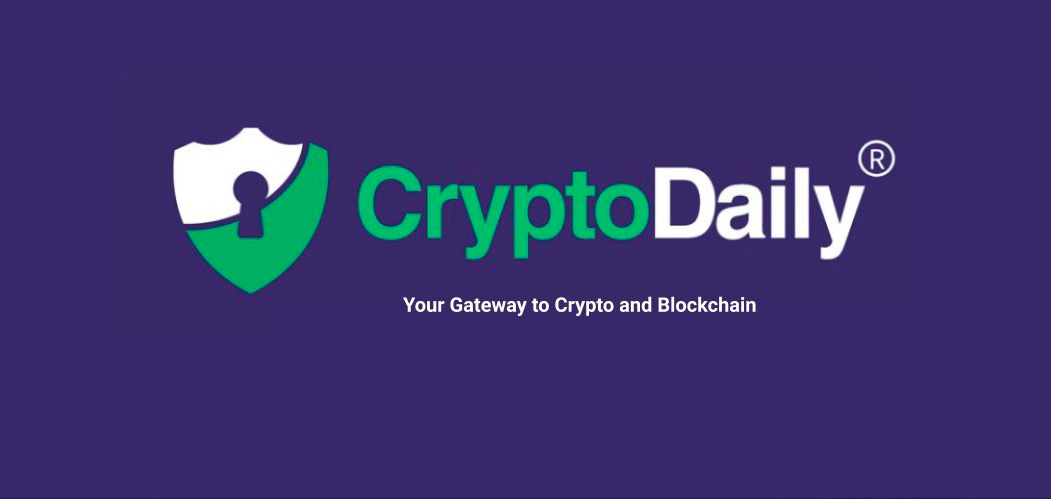Table of Contents
- Current marketplace for app developers
- Blockchain empowering the mobile app economy
- Blockchain provides benefits for both mobile app publishers and developers
- Blockchain, a new marketplace
Since the original third-party apps were made available for public download in 2008, not much has changed with regards to the mobile economy. The ways that mobile publishers generate revenue have cycled every few years between pay-to-download apps and free apps supported by advertising, in-app purchases, or subscriptions. Each monetization strategy has its own set of inherent benefits and drawbacks, but as the mobile market matures and expands, the drawbacks to each one are becoming more pronounced.
Current marketplace for app developers
By 2021, more consumers will have a phone (5.5 billion) than have a bank account (5.4 billion), complicating pay-to-download, subscription-based, and in-app purchase models in many global regions. The mobile consumer is also becoming more sophisticated, forcing mobile publishers who rely on advertising to find a balance between a high quality user experience and the number of ads. Increased competition is perhaps even more damaging for the average app publisher. Hundreds of millions of apps exist, but users are downloading fewer new apps per month than ever before and tend to spend most of their mobile time within just a few of their favorite apps. This affects both paid app models and free app models, making it difficult for all but the biggest publishers to make a return on their development costs and turn their app into a full business.
Blockchain empowering the mobile app economy
The time has come for something to shake up the stagnating mobile economy – and blockchain technologies have the potential to do just that. Already, dozens of blockchain-driven decentralized apps (dApps) are being developed and distributed outside of the traditional mobile app ecosystem. But blockchain even has applications within the app store app model where most app publishers already work and where most users are already comfortable. It's understandable if some take this proclamation with a grain of salt. After all, everyone is writing articles about how blockchain will completely revolutionize each and every industry. But when it comes to the mobile economy, there are a more than a few practical applications for blockchain technologies that will have an immediate impact on mobile publishers and mobile end users.
Blockchain provides benefits for both mobile app publishers and developers
On the publisher side, blockchain technology has the potential to improve revenue opportunities in mobile applications and move beyond the hurdles that app developers are currently facing. Smart contracts & trust: For ad-supported apps, blockchain technology like smart contracts have the potential to improve the mobile advertising ecosystem by reducing the mistrust between publisher and advertiser. In an industry where ad fraud is a widespread issue, the very nature of blockchain would help both advertisers and publishers work more fairly and more transparently. After all, one of the key tenets of blockchain technologies is to engender trust in a trustless environment. Advertisers and publishers don't need to trust each other – they can trust the code. Peer-to-peer transactions: These effects would mean little, however, if publishers aren't able to offer anything else to attract new users. By adopting some blockchain technologies, publishers would be able to differentiate themselves from their competitors, offering users new incentives to try their app. The first of these applicable technologies would be the facilitation of peer-to-peer transactions. Outside of marketplaces that are dedicated to peer-to-peer buying and selling, the average mobile user is very limited in the interactions that they can have with other users in an environment like a mobile game.
Blockchain, a new marketplace
A new marketplace:through blockchain, developers can integrate a P2P marketplace where all of their uses can buy and sell virtual goods related to the app without ever needing to leave the app. Once a user tires of an in-game item or is looking to upgrade, they can sell their old item to another user in exchange for tokens - which they can they either store in their wallets or spend on a new item in the in-game store. This sets up a living, breathing microeconomy inside the developer's game – one that encourages user loyalty and keeps users coming back while earning revenue from transactions With blockchain technology, publishers would also finally be able to do what has been nearly impossible up until now – integrating their end users into the mobile value cycle. Today, the value generated from the mobile economy rests with only a few parties: the app stores, the publisher, advertisers, networks. This leaves the most important part of the whole puzzle – the consumer – out of the process. With blockchain-based cryptocurrencies, publishers could offer tokens as rewards for their end users for any variety of activity, both in-app and even offline. When a user is rewarded for their loyalty, they are more likely to keep coming back. Imagine earning small rewards for adding new content to your social feed, editing game FAQs, entering a brick-and-mortar store, creating a video, inviting 10 friends to the app, and so on. Mobile end users would finally be recognized and be able to take part in the mobile economy that they make possible. Blockchain technology has enormous potential to create new opportunities for app developers and publishers, both in terms of technology and a broader user base. For the mobile end user, blockchain could help improve and diversify the user experiences of their favorite apps while simultaneously giving them a long overdue slice of the mobile economy pie. It has been just about 10 years since the first third-party apps transformed the mobile experience into what we know it today. Could blockchain be what pushes mobile into a brand new era? About Ran Avidan: Ran is StartApp’s co-founder and CTO where he is in charge of research & product development. Previously, Ran was the Director of Business Innovation Strategy at Amdocs, the VP of Products at NewACT (acquired by Amdocs), and held various product and development positions at Followap (acquired by NeuStar). Ran holds a B.Sc. in Information Systems and an MBA from the Technion.
Investment Disclaimer







